This post contains references to products from one or more of our advertisers. We may receive compensation when you click on links to those products. For an explanation of our Advertising Disclosure, visit this page.
Star Alliance is the largest group of airlines in the world, with more than two dozen member carriers. The size of the alliance presents enhanced opportunities for frequent flyers to redeem their miles, but you need to work the system. It’s important that you know both the basic rules and the tricks that can help you get the best redemptions.
How to Book Star Alliance Flights With Miles
There are many airlines that are part of the Star Alliance network. In fact, it’s the world’s largest coalition of airlines. This gives travelers more options, more flexibility, and (hopefully) better deals.
Members of Star Alliance
- Aegean
- Air Canada (Aeroplan)
- Air China
- Air India
- Air New Zealand
- ANA (All Nippon Airways)
- Asiana Airlines
- Austrian
- Avianca
- Brussels Airlines
- Copa Airlines
- Croatia Airlines
- Egyptair
- Ethiopian
- Eva Air
- Lot Polish Airlines
- Lufthansa
- SAS
- Shenzhen Airlines
- Singapore Airlines
- South African Airways
- Swiss
- TAP Air Portugal
- Thai
- Turkish Airlines
- United
While this list is currently up to date, Air India is experiencing financial difficulties. South African Airways is under that county’s equivalent of bankruptcy protection.
The Basics of Redeeming on Star Alliance
If you have miles in one of the Star Alliance frequent flyer programs and want to redeem them on another carrier, you’ll need to book the flight with the airline that has your miles. Remember that it’s almost impossible to book premium cabins on carriers such as Singapore Airlines, Swiss, Lufthansa, and Air New Zealand. Although, there are workarounds in some cases (more on this later).
However, you first need to determine whether or not award availability exists. If your primary airline doesn’t list award availability on their website, go to the site of the carrier you want to book and try searching for an award flight there. If you’re successful, write down all the specifics and call your airline back to book the flight.
Note that your carrier will likely have a separate Star Alliance award chart to indicate the number of required miles.
Generally, the best websites to search for Star Alliance award seats are United, Aeroplan, and ANA. United has a tendency to show phantom availability. But, the good news is that you don’t have to log in. However, if you’re an elite member or have a co-branded credit card, such as some of the best miles credit cards, you may see more possibilities by logging in. Aeroplan is more reliable, and ANA tends to be the most accurate of the three.
When in doubt, call to confirm the space is there.
If you’re a frequent traveler, consider a paid service such as Expert Flyer. Their free subscription only allows you to set up seat alerts, but Pro levels cost either $4.99 or $9.99 per month.
Sweet Spots for Star Alliance Awards
Since you’re searching for an award ticket, you want to avoid fuel surcharges whenever possible—nothing will bring you down to earth faster than paying $1,000+ for a pair of “free” seats.
United generally doesn’t add fuel supplements, nor does Avianca. Singapore doesn’t levy them for their own flights but adds them to all partners except United.
Some of the highest fuel surcharges are found on Lufthansa. A round-trip business class flight between the U.S. and Frankfurt will cost about $1,100 in surcharges with Lufthansa Miles & More, compared with slightly over $100 for booking the same flight with Avianca miles.
Here are some of the best current values.
Aegean
Although Aegean devalued its award chart late last year (without warning), the rates are still in the reasonable range. Flying the U.S. to Europe in economy costs 35,000 miles each way, and business class is 55,000. Watch out for the fuel surcharges, which can be high.
Air Canada
Their best Star Alliance redemption is U.S. to Europe: between 55,000 and 57,500 miles each way, depending on your destination. Just make sure to book on one of the airlines where Aeroplan doesn’t levy fuel surcharges (Brussels Airlines, SAS, Swiss, TAP Portugal, Turkish and United).
Avianca
You can travel from North America to Europe for 20,000-30,000 miles each way in Economy or 60,000-63,000 in Business Class, depending on your departure and arrival airport. Prices are 35,000 each way in Economy to Asia, 75,000 in Business Class. Best of all, Avianca doesn’t pass along fuel surcharges.
Related article: Avianca LifeMiles Credit Cards
ANA
While ANA’s Star Alliance redemptions are attractive (55K/88K/165K round-trip for Economy/Business/First between the U.S. and Europe), the true sweet spot is their Round the World award chart. The RTW awards are distance-based. You can fly between 18,001 and 20,000 flight miles for 115,000 frequent flyer miles.
Asiana
Asiana has some of the lowest redemption rates in Star Alliance. U.S. to Europe round-trip costs only 50K/80K/100K for Economy/Business/First, and fuel surcharges are also low. The only catch is that Asiana miles are tough to accumulate since you can only earn them through flying or transferring points from Marriott Bonvoy (see below).
Turkish Airlines
They offer some of the most reasonable award rates in the Star Alliance. A round-trip from the U.S. to Europe for 60K/90K/135K in Economy/Business/First. While they do impose fuel surcharges, the amounts aren’t as draconian as other carriers such as Lufthansa (think $200-350 per person each way).
United
United’s award rates aren’t the lowest around (30K/70K each way in Economy/Business from the U.S. to Europe, 35K/80K each way from the U.S. to Japan). However, they have the distinction of not imposing fuel surcharges—either on their own flights or their Star Alliance partners. They also offer cheap redemptions within Europe, where flights are frequently expensive to purchase.
Related article: Best United Credit Card
Transfer Points for Star Alliance Awards
You’ve heard it said before, and it’s absolutely true: Transferable points are the most valuable currency you can have. When it comes to snagging a frequent flyer award, they’re priceless—particularly in cases where carriers release little or no award space to their partners.
A good case in point is Singapore Airlines, which doesn’t share premium cabin award space with Star Alliance members. You can only book those awards with miles from KrisFlyer, their frequent flyer program.
However, Singapore is a transfer partner of American Express, Chase, Citibank, Capital One and Marriott Bonvoy. Transfers are instantaneous in most cases. Therefore, you can easily shift the required miles into your KrisFlyer account for the award you want.
However, note that Singapore Krisflyer miles expire, so you’ll want to use them before that happens.
Here’s a recap of the transfer partners for Star Alliance airlines:
- Aegean: Marriott Bonvoy
- Air Canada: American Express, Capital One, Marriott Bonvoy
- Air China: Marriott Bonvoy
- Air New Zealand: Marriott Bonvoy
- ANA: American Express, Marriott Bonvoy
- Asiana: Marriott Bonvoy
- Avianca: Capital One, Citibank, Marriott Bonvoy
- Copa Airlines: Marriott Bonvoy
- Eva Air: Citibank
- Lufthansa: Marriott Bonvoy
- Singapore Airlines: American Express, Capital One, Chase, Citibank, Marriott Bonvoy
- South African Airways: Marriott Bonvoy
- TAP Portugal: Marriott Bonvoy
- Thai: Citibank, Marriott Bonvoy
- Turkish Airlines: Marriott Bonvoy
- United: Chase, Citibank
Related articles: Best Marriott Credit Cards, Best Citi Credit Cards, Best Capital One Credit Cards, and Best American Express Credit Cards
Earning Points for Transfer to Star Alliance Airlines
Looking at the list, the Marriott Bonvoy program leads the pack with several Star Alliance transfer partners. Fortunately, Marriott points are fairly easy to accumulate since their rewards cards are issued by both Chase and American Express. The transfer ratio is 3:1, with a 5,000 miles bonus for every 60,000 points transferred—resulting in 25,000 airline miles per 60,000 points.
Upgrading A Paid Star Alliance Ticket
If you’ve already purchased your seat and want to upgrade, there’s good news and bad news. On the positive front, the Star Alliance upgrade process is more user-friendly than either SkyTeam or Oneworld. You can upgrade your ticket with miles from any Star Alliance carrier.
Upgrades are for one class of service. They range from 25,000-50,000 miles, depending on the airline. As Premium Economy becomes more popular, your upgrade from regular Economy may land you there rather than in Business Class.
However, not all tickets can be upgraded. If you purchased a non-refundable fare, you may be ineligible. Or, you might have to pay a premium in miles, dollars or both. You also can’t upgrade a codeshare flight. So, if you booked a flight on United, it must have a United flight number.
Finally, upgrade space is finite and not always available. If getting the upgrade is important to you, verify whether space is there before you buy your ticket to avoid disappointment.
Summary
In conclusion, note that Star Alliance is the world’s largest consortium of airlines. This gives frequent flyers maximum flexibility to book award seats. Remember that each airline has different rates and rules, so it’s important to shop around. Whenever possible, you’ll also want to avoid those carriers that impose high fuel surcharges.
Related Articles:
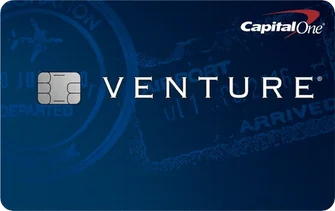
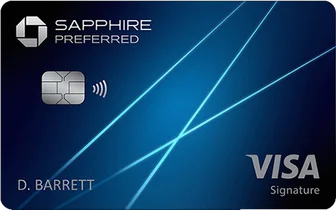
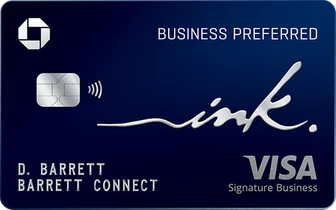
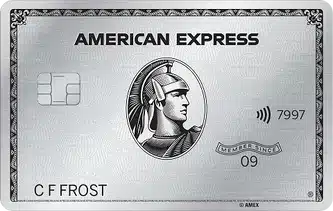
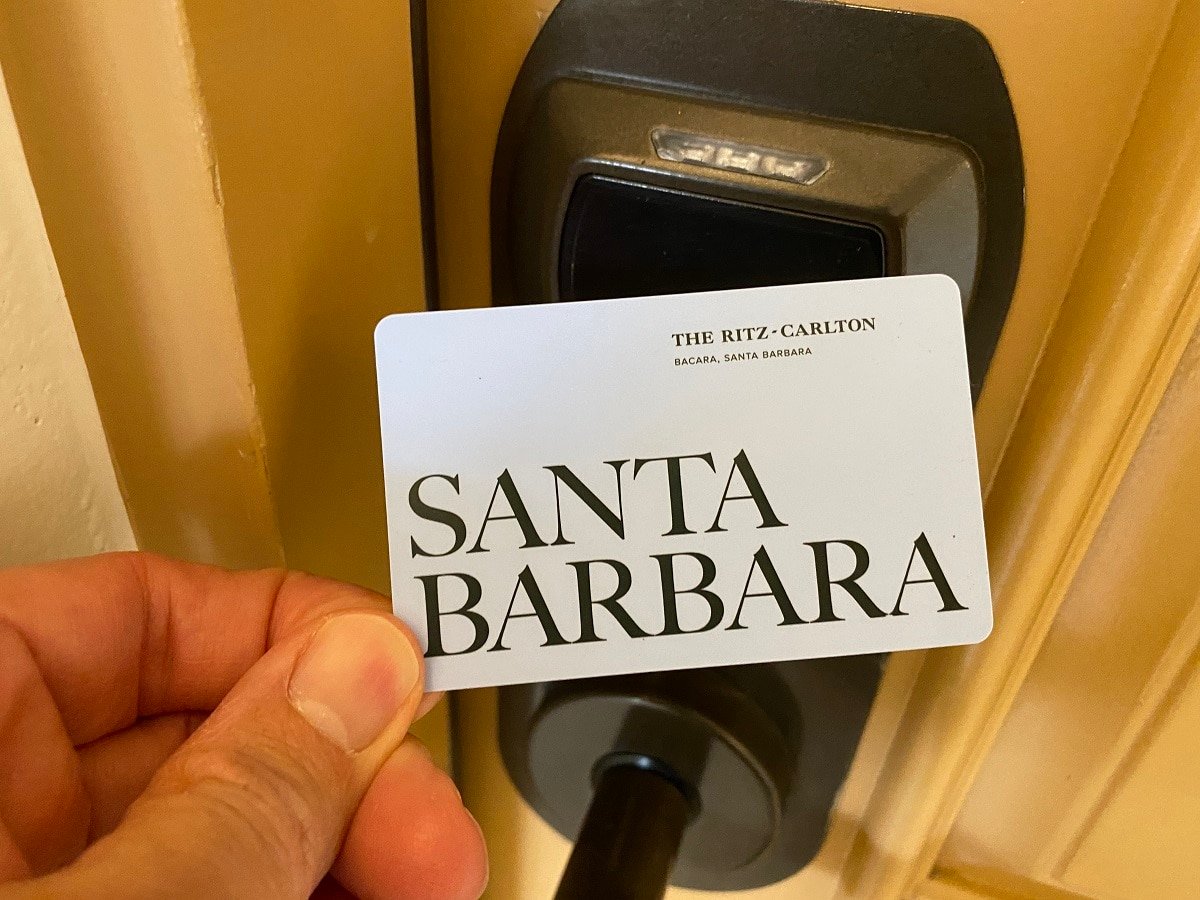
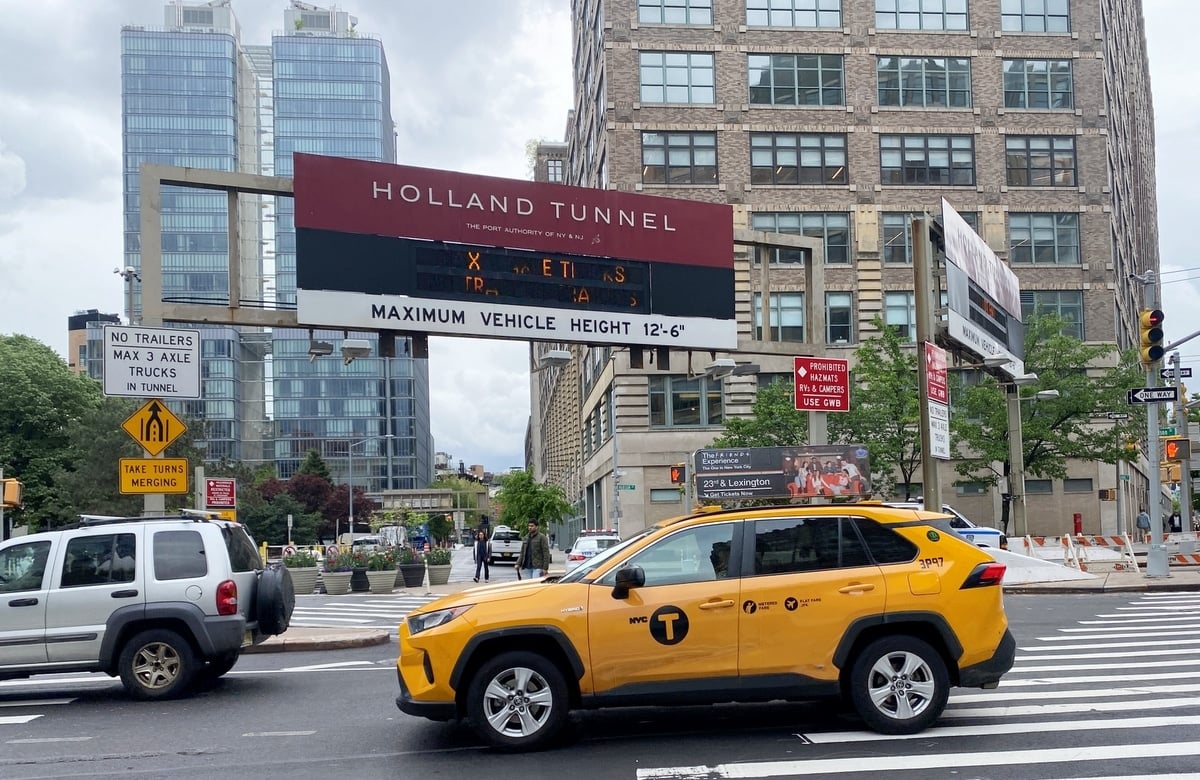
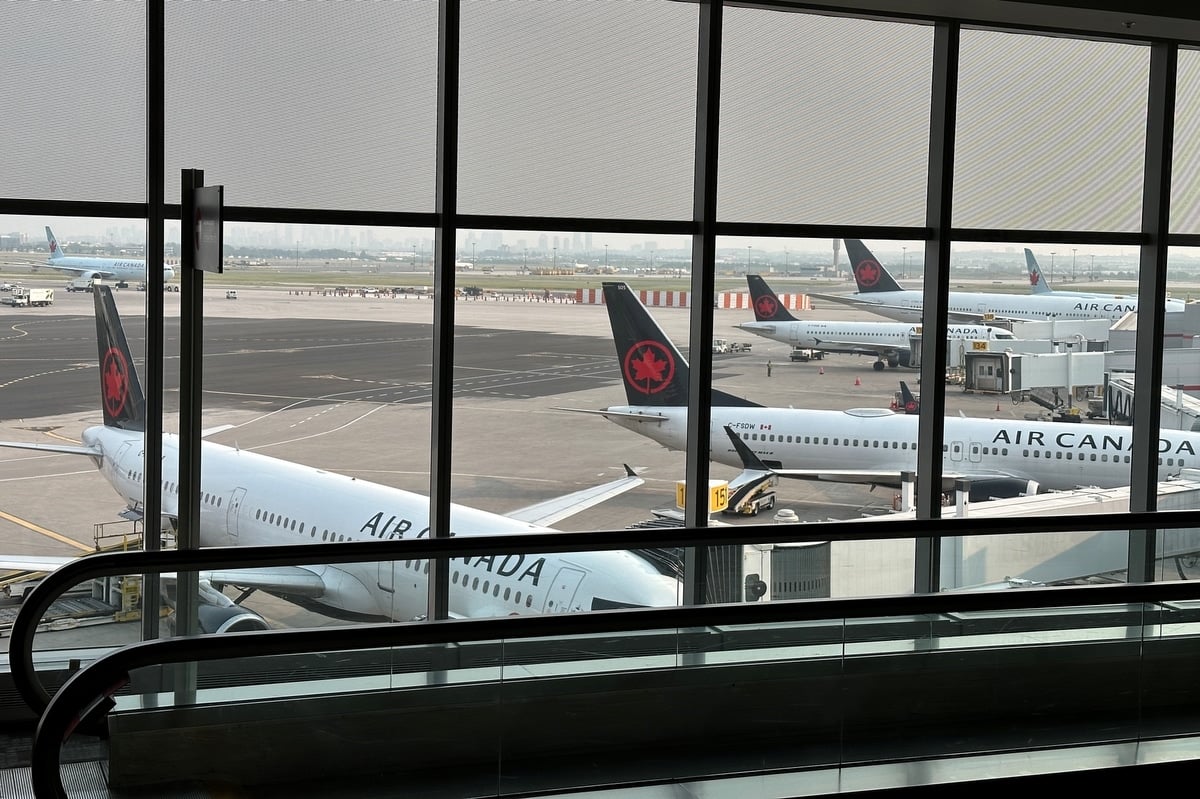
Mark, you omittted Citi as a transfer partner for Turkish. It’s one of the best ways to redeem ThankYou points:
https://www.thankyou.com/partnerProgramsListing.htm?src=TYUSENG
Apologies: you’re absolutely correct. They transfer at a 1:1 ratio, and are extremely useful for booking flights on United. What are your favorite premium redemptions?